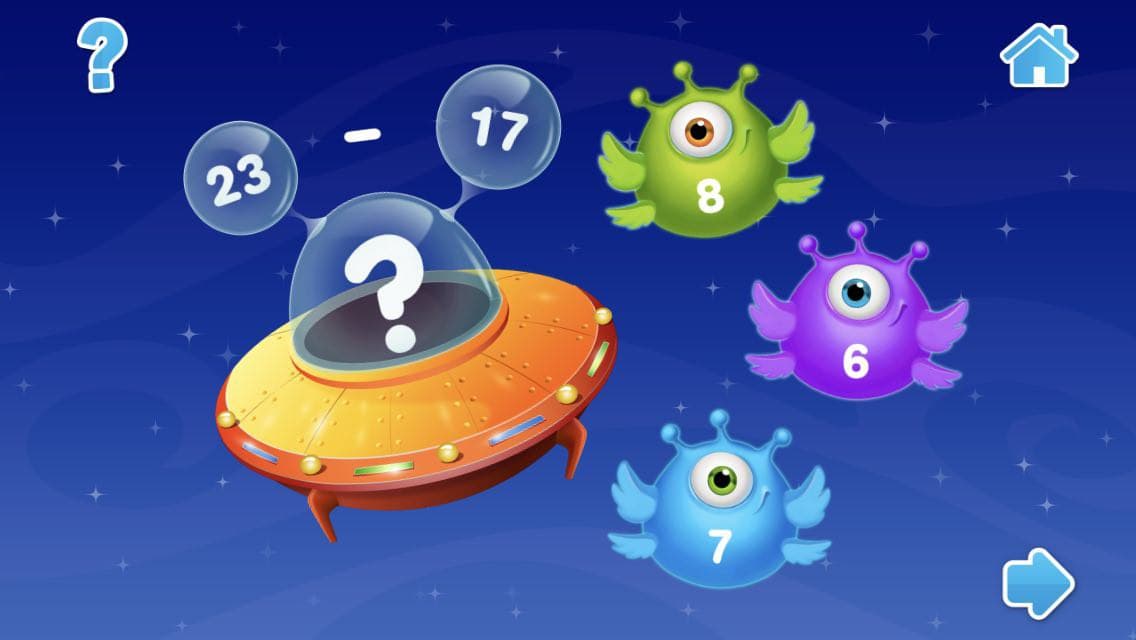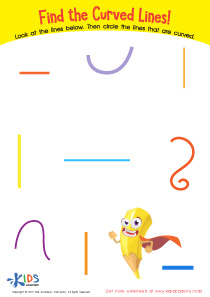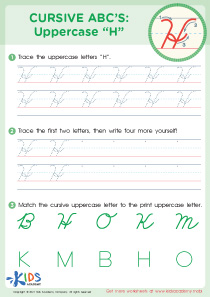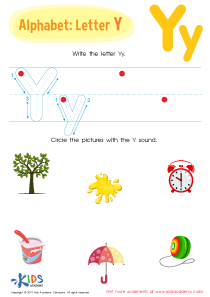Letter formation Alphabet Worksheets for Ages 4-5
10 filtered results
-
From - To
Introduce your child to the magical world of letters with our Letter Formation Alphabet Worksheets designed for ages 4-5. These fun, engaging worksheets help young learners master the basics of handwriting, build essential fine motor skills, and boost confidence in writing. Each activity uses simple step-by-step guides to teach kids to trace and correctly form each letter of the alphabet. Perfect for preschool and kindergarten students, these printables offer a delightful blend of learning and play. Start exploring today to give your child a strong foundation in early literacy! Download now to see your little one’s skills soar!
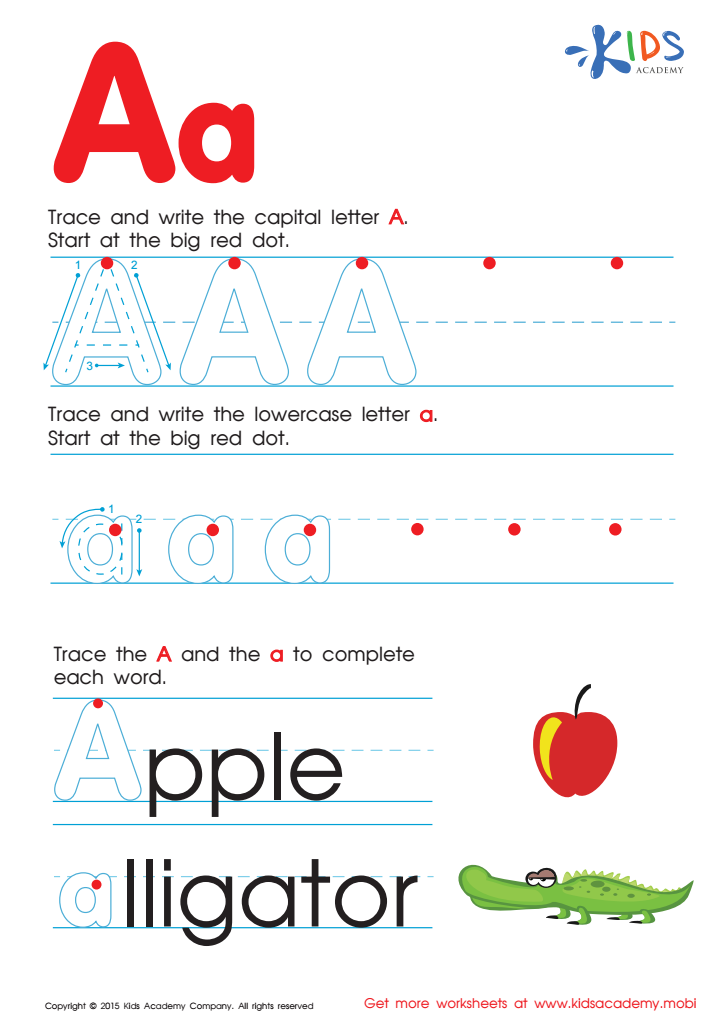

Letter A Tracing Page
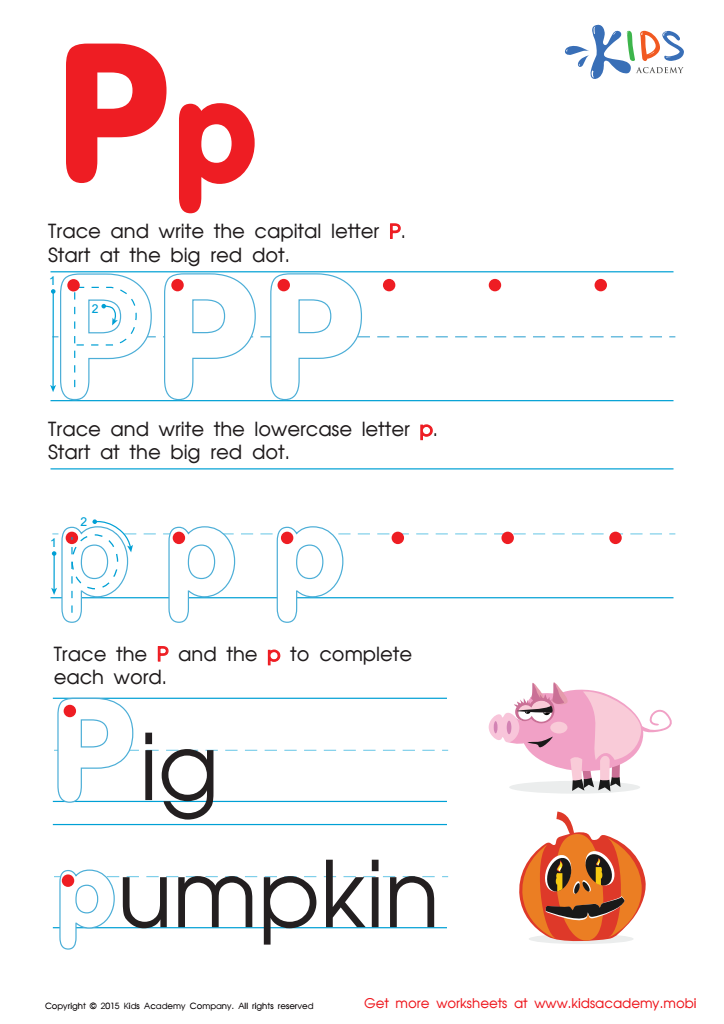

Letter P Tracing Page
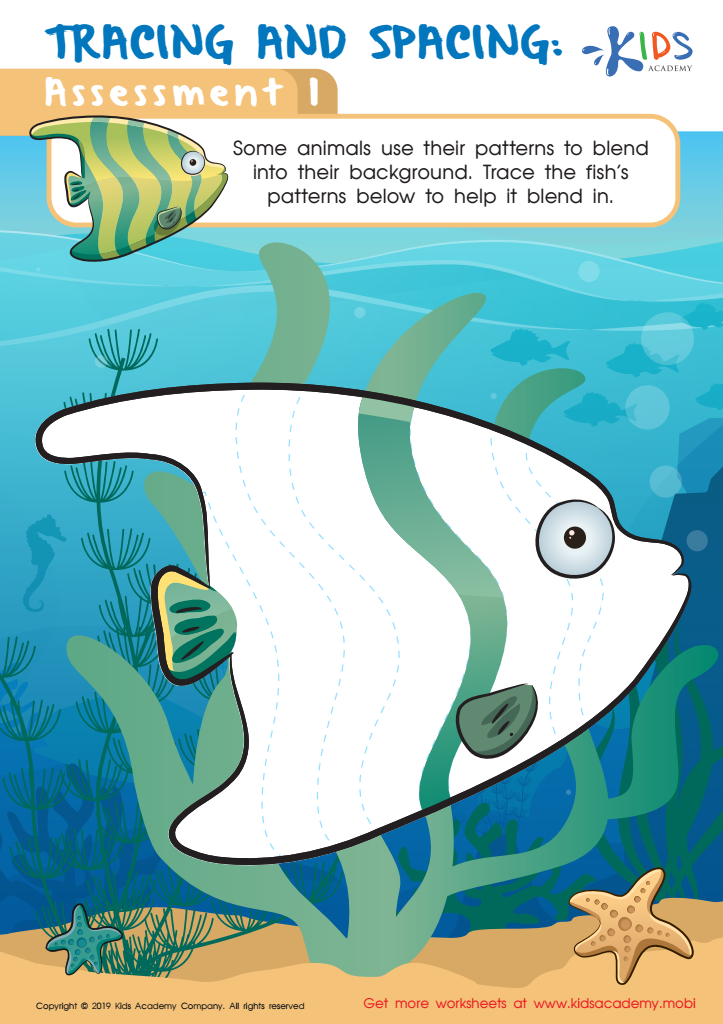

Tracing and Spacing: Assessment 1 Worksheet


Uppercase Letters G, H, and I Worksheet
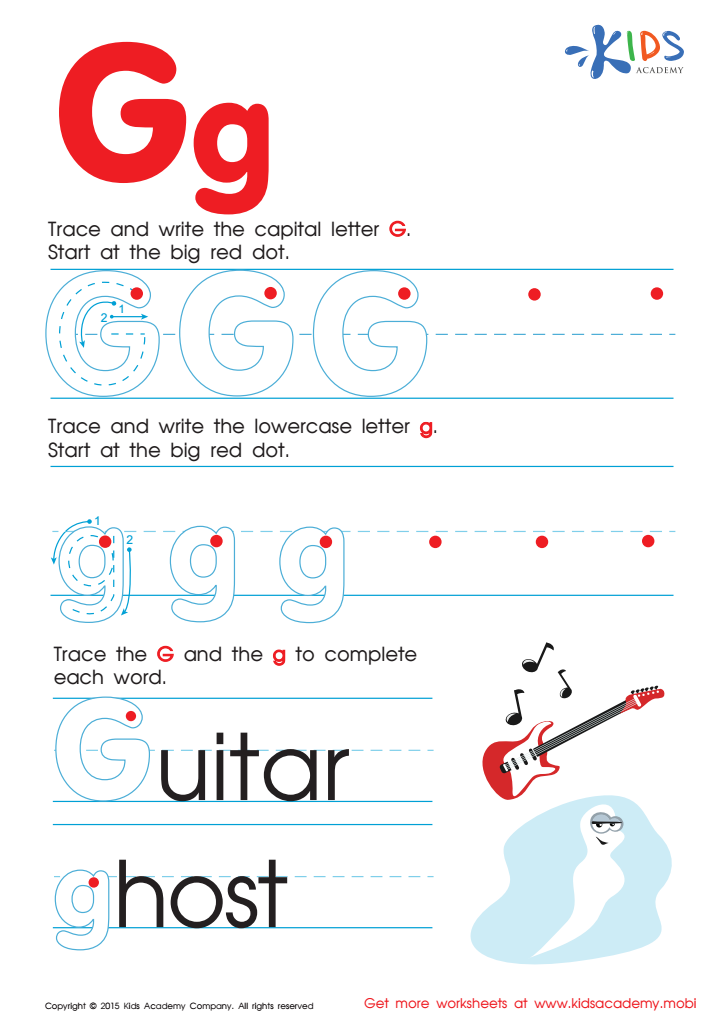

Letter G Tracing Page
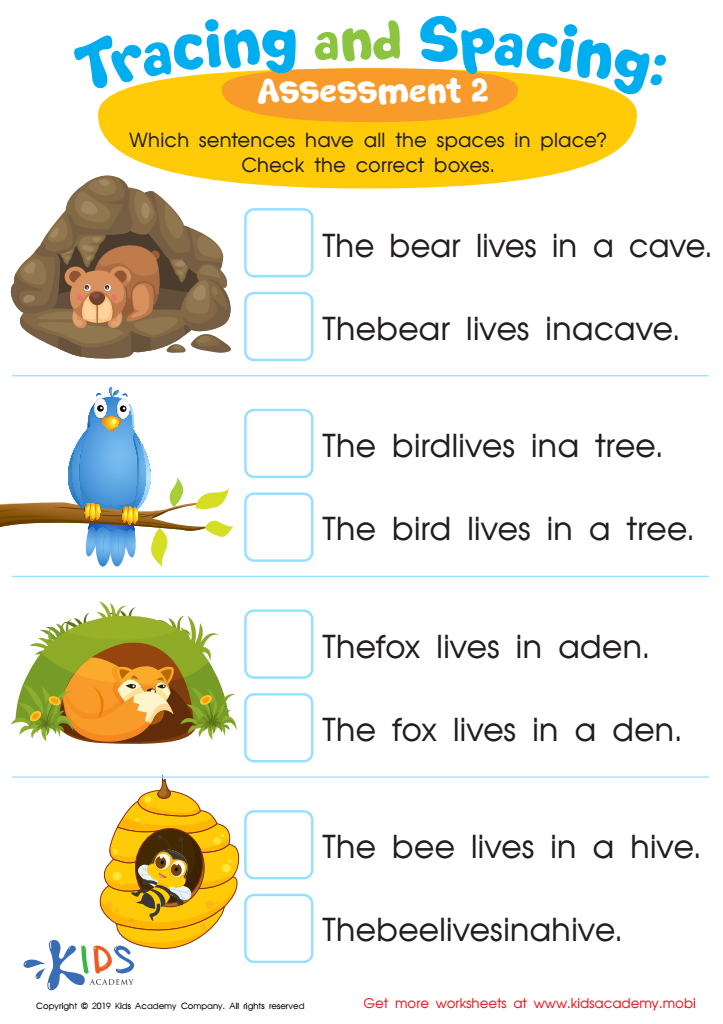

Tracing and Spacing: Assessment 2 Worksheet
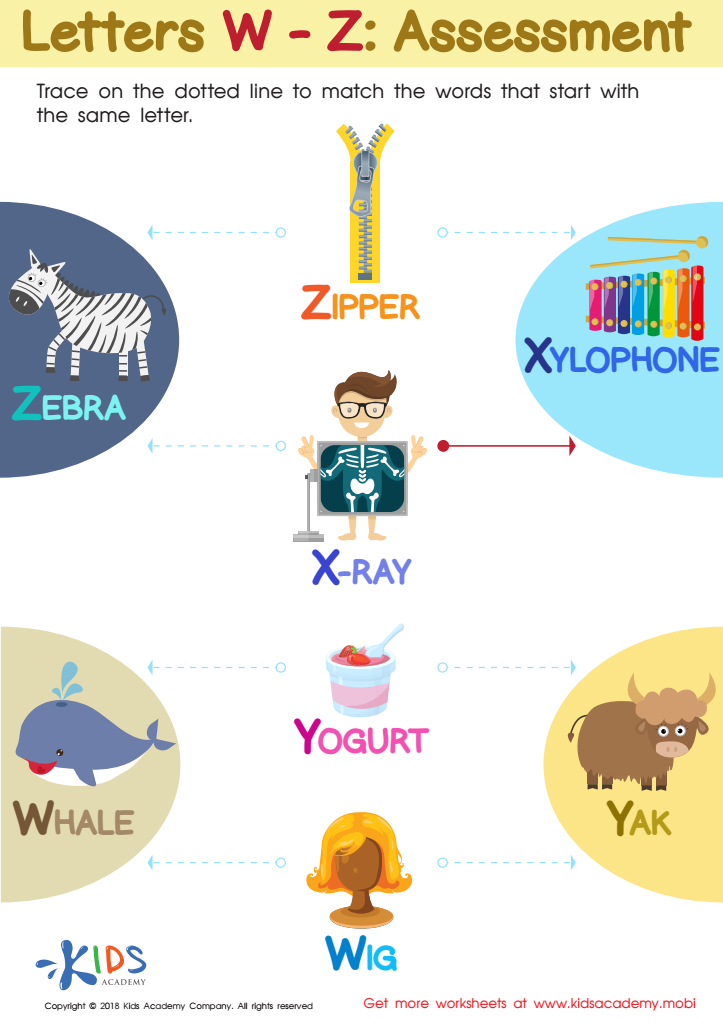

Letters W–Z Tracing Worksheet


Letter Y Coloring Sheet
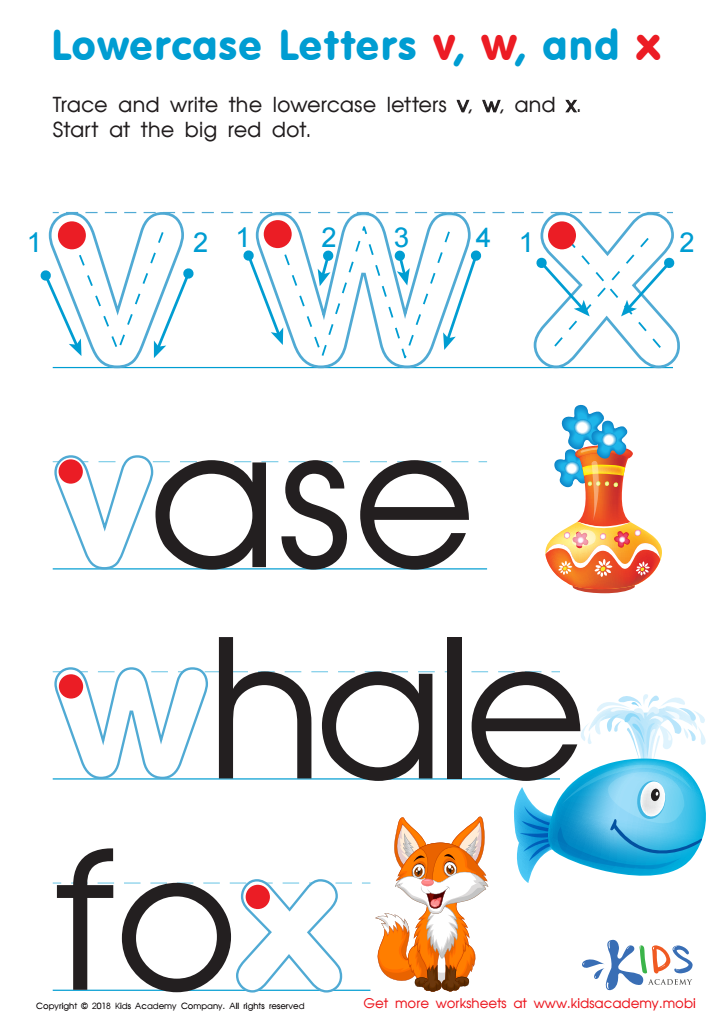

Lowercase Letters v w x Worksheet
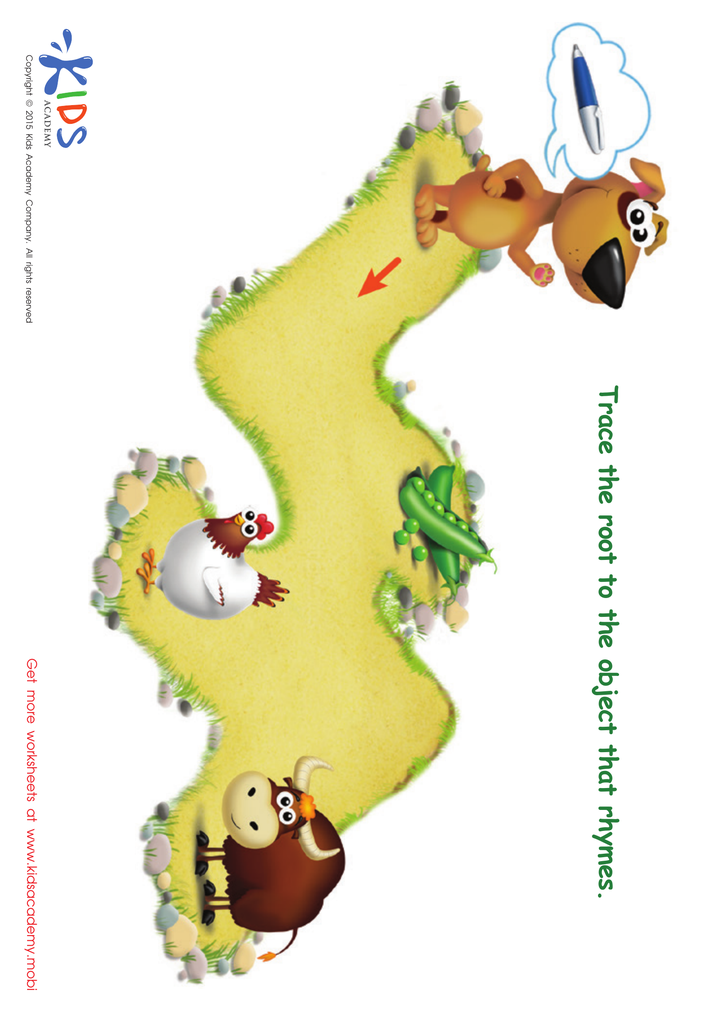

Pen Rhyming Words Worksheet
Letter formation is a crucial foundational skill for young children aged 4-5 as they begin to develop their writing abilities. During this formative stage, teaching proper letter formation holds several key benefits that should capture the attention of both parents and teachers.
Firstly, mastering letter formation aids in literacy development. Properly formed letters improve legibility, which is essential for reading and writing proficiency. When children learn to form letters correctly, they can more easily recognize and connect these symbols during reading activities, thereby enhancing their ability to decode words and comprehend text.
Secondly, strong letter formation skills support cognitive and motor development. The process of correctly shaping each letter involves fine motor coordination and spatial awareness. These skills not only improve handwriting but also promote overall hand-eye coordination, which is beneficial for various other activities such as drawing, cutting, and even sports.
Lastly, proficiency in letter formation boosts a child's confidence and motivation. When children write clearly, they often feel a sense of accomplishment, encouraging them to engage more with written tasks. This positive reinforcement can make the learning experience enjoyable and foster a lifelong love for reading and writing.
In conclusion, teaching correct letter formation to children aged 4-5 is integral for their literacy, cognitive development, and self-esteem, making it a vital focus for both parents and educators.
 Assign to My Students
Assign to My Students






.jpg)



